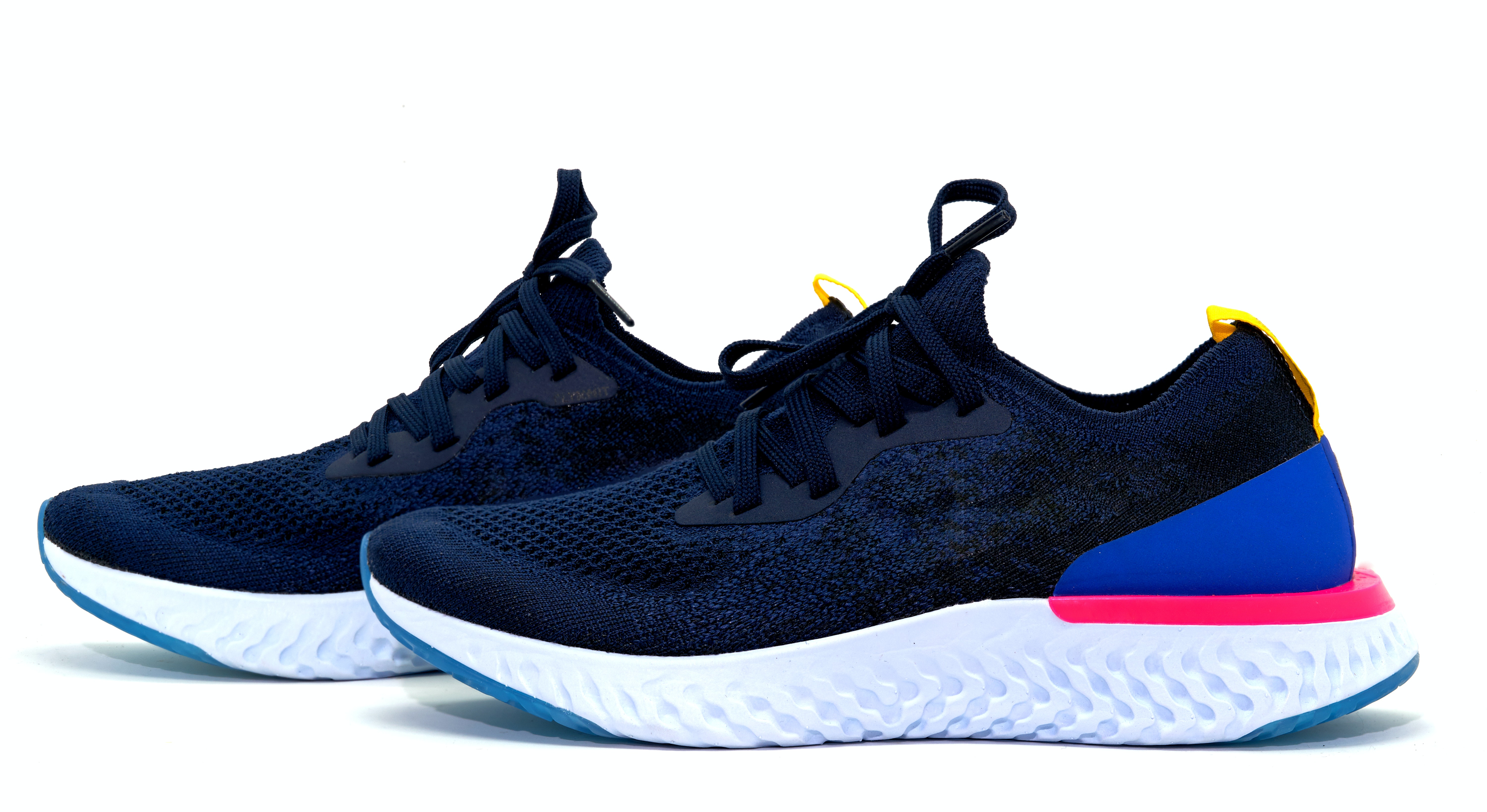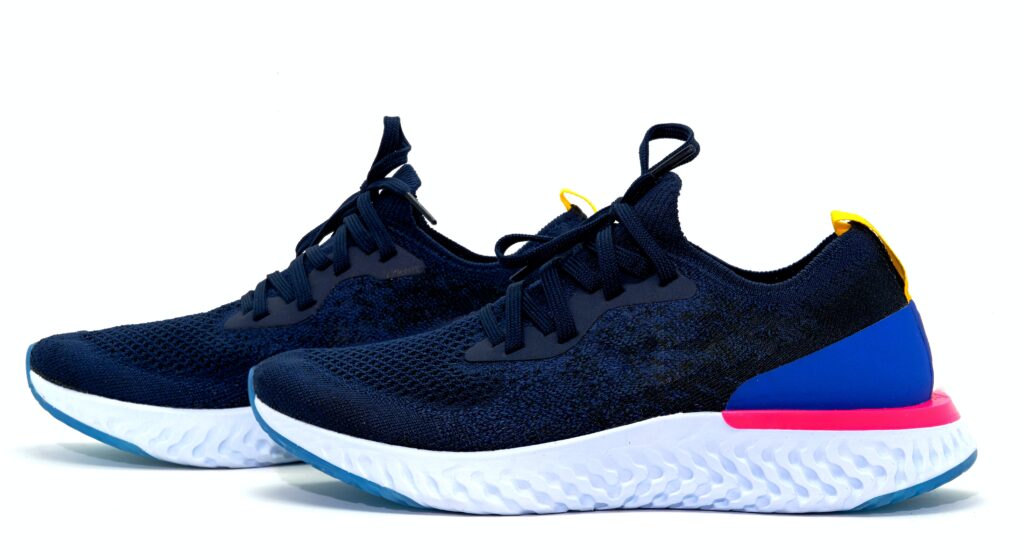Evolution dictates that the human body adapts to cope with stresses present in the environment. The removal of stress from our environment means we cease to use that adaption. This is why your muscles grow in response to stress at the gym but shrink when you spend too much time on the couch. Comfort is the opposite to stress – and, in many cases, it can be the source of many illnesses and health conditions.
A new study, published in Scientific Reports, suggests the same might be true when it comes to the type of shoes we wear. The researchers found that our comfortable shoes (namely shoes that had a curved tip at the toe, like running shoes) make it easier for us to move – but the trade-off for this comfort is that we develop weaker muscles in our feet. This muscle weakness may lead to injuries, such as plantar fasciitis – a common condition that causes inflammation and pain around the heel and arch of your foot.
Shoes are necessary, as they shield us from stresses in our environment, such as exposure to random objects, such as twigs or glass, that may inflict cuts or bruises. They also keep our feet warm and dry. But humans didn’t always wear shoes. In fact, it was only about 30,000 years ago that our ancestors discovered there may be some survival advantages in avoiding skin perforation from sharp objects or burns resulting from exposure to extreme temperatures.
So they invented minimalist foot coverings, primarily made of plants or animal skins. Although these coverings shielded us from dangerous exposures, they certainly weren’t designed for comfort and so the stress to our muscles, bones, joints and tendons remained largely the same.
A key factor in our evolved ability to walk and run is the ability of our toes to bend backwards as we lift our bodies upwards and forwards. Our toes, which are shorter than our ape-like ancestors, help us use less energy when walking and running. There is less muscle work required to stabilise and control the movement of smaller toes.
The researchers of this latest study have found that the upward curved toe part of our modern cushioned shoes holds our toes in a position which means they move less during walking and running. Known as the toe spring, the front of our shoes help us to roll forward with less effort, removing much of the stress of the activity from the feet. The researchers suggest that this may mean the muscles in our feet and toes have to do less work to stiffen our arch and control our toes during movement.
To obtain these results, the researchers had 13 healthy adults (aged 19 to 33), who always wear shoes, walk in four different pairs of sandals in which the toe springs (the curved tip of the shoe) were set at 10, 20, 30 and 40 degree angles (keeping the toes increasingly bent backwards). They then measured the movement of the toe joints in each condition using markers placed on the foot and compared it to when the participants were walking barefoot. The total range of movement at the toes decreased with increasing toe spring angle and therefore, so did the total amount of work required at the joints.

The role of foot muscles is to support the arch and stabilise the toes. Modern shoe-wearing populations demonstrate smaller and weaker foot muscles and a higher prevalence of flat feet compared to people who are habitually barefoot or wear minimalist shoes, which are designed to replicate being barefoot, and include less cushioning and reduced or no arch support.
It’s this increased comfort and reduced effort that causes muscular changes, and which may also link shoes with toe springs to plantar fasciitis. The plantar fascia is a long and broad elastic tissue that runs the length of the sole of your foot. It becomes injured from repetitive strain associated with constant deformation of the arch.
It’s thought that the decline in foot muscles which help to maintain arch stiffness is partly responsible for the overload of this structure. Plantar fasciitis is the most common running injury associated with the foot. Findings from one study suggest it is more common in people who run in shoes compared to those who run barefoot. Other research also suggests that running shoes may contribute to other common injuries.
There is evidence emerging from case studies suggesting barefoot running on a grass can help to relieve the symptoms of plantar fasciitis. Research also shows people who spend most of their time barefoot or using minimalist foot coverings have larger and stronger foot muscles.
Although, there is no definitive evidence that modern shoes cause plantar fasciitis, it is worthy of further investigation given the mounting evidence pointing in that direction.
Going barefoot or wearing minimalist shoes can help people to build stronger and healthier foot muscles, as they promote the foot’s natural movement. But if you do ditch your comfortable shoes, it’s important to remember to gradually increase time spent walking in this way. It may also be wise to reduce comfort in other ways, such as moving more and sitting less. This will help to condition your whole body in way that is more suited for movement.





